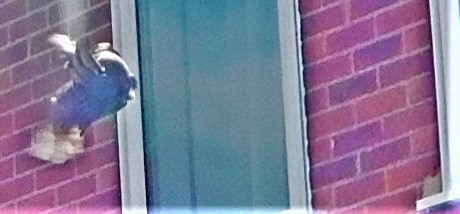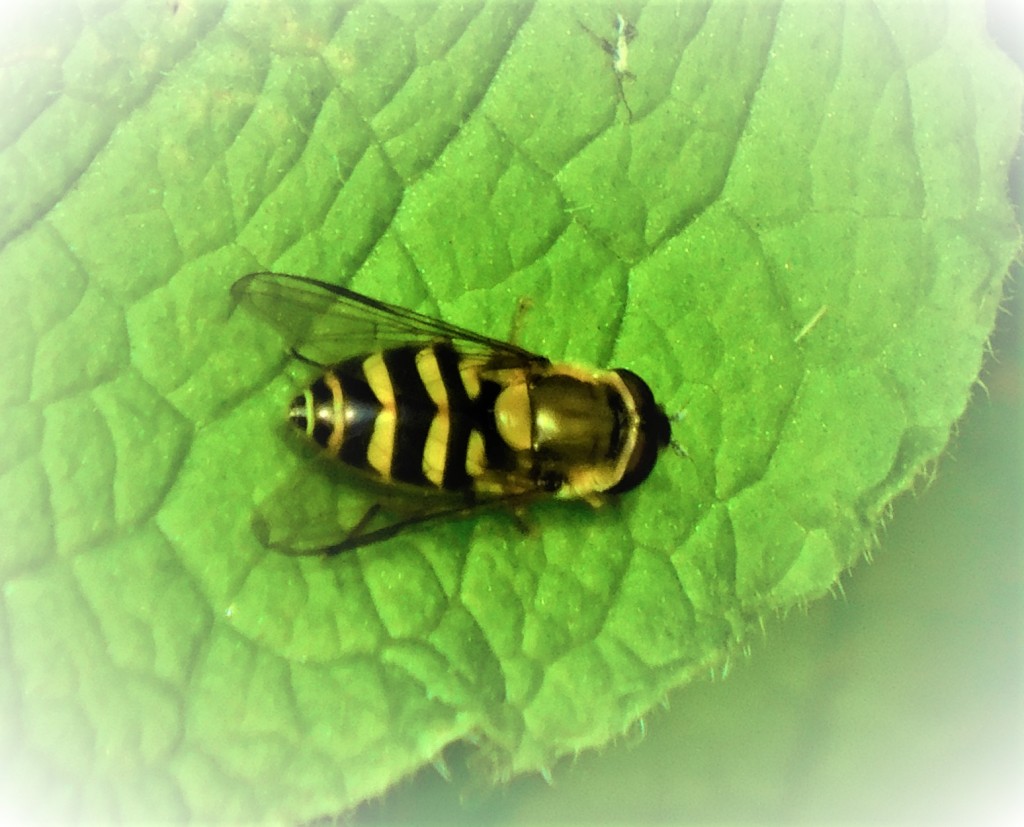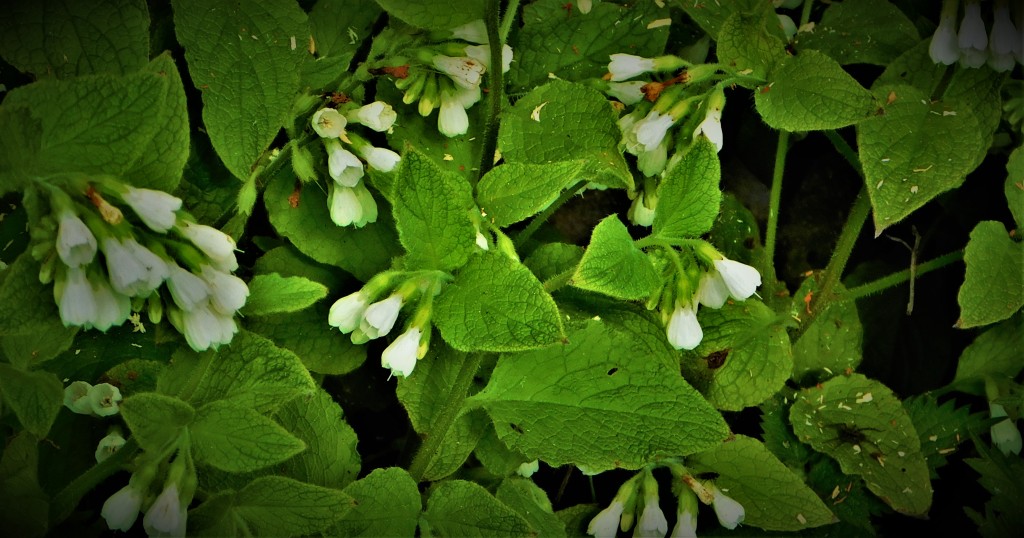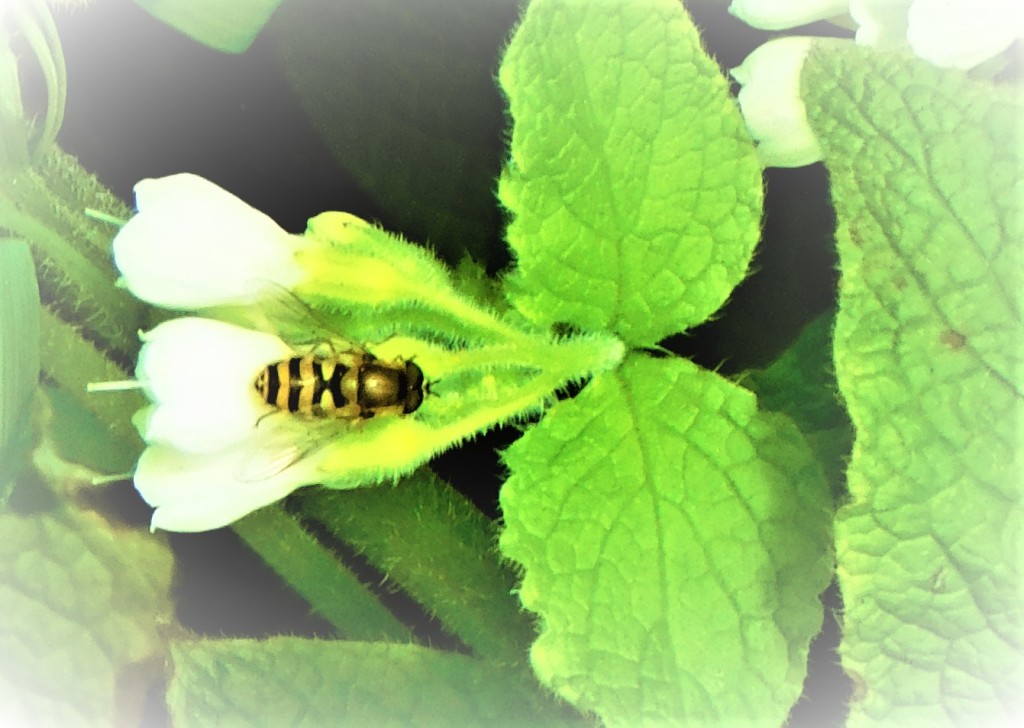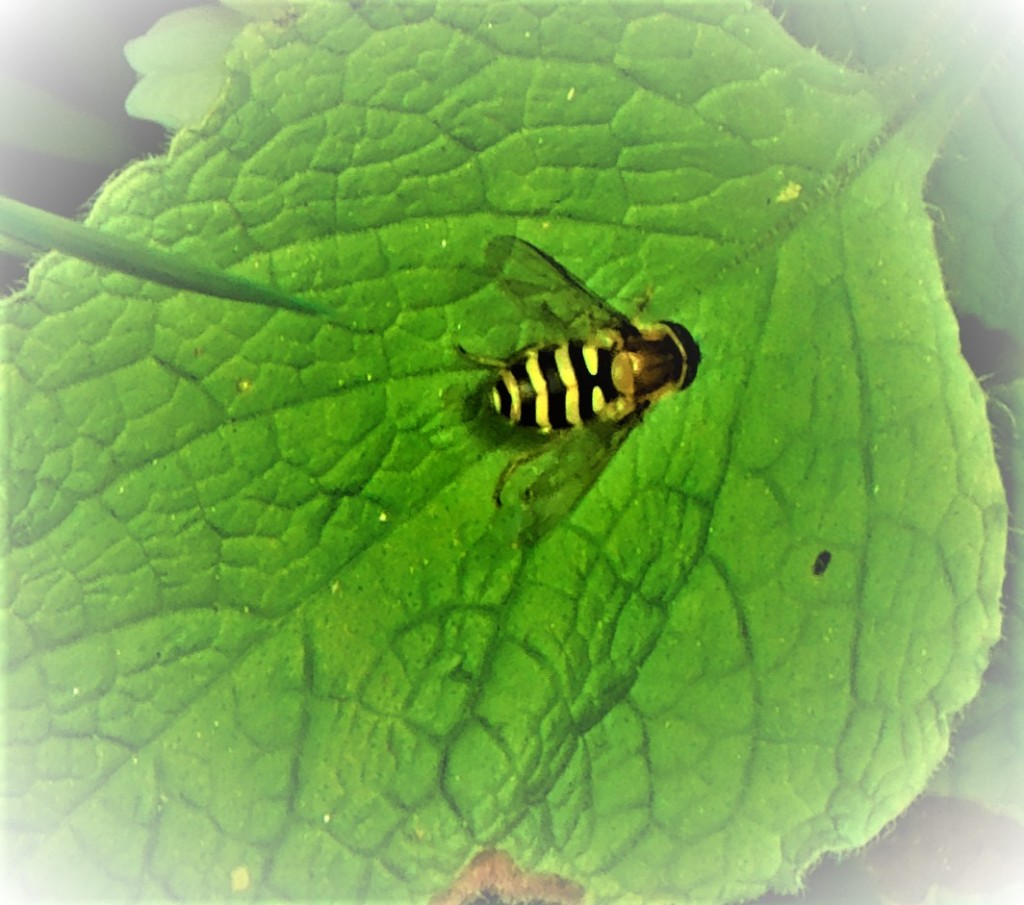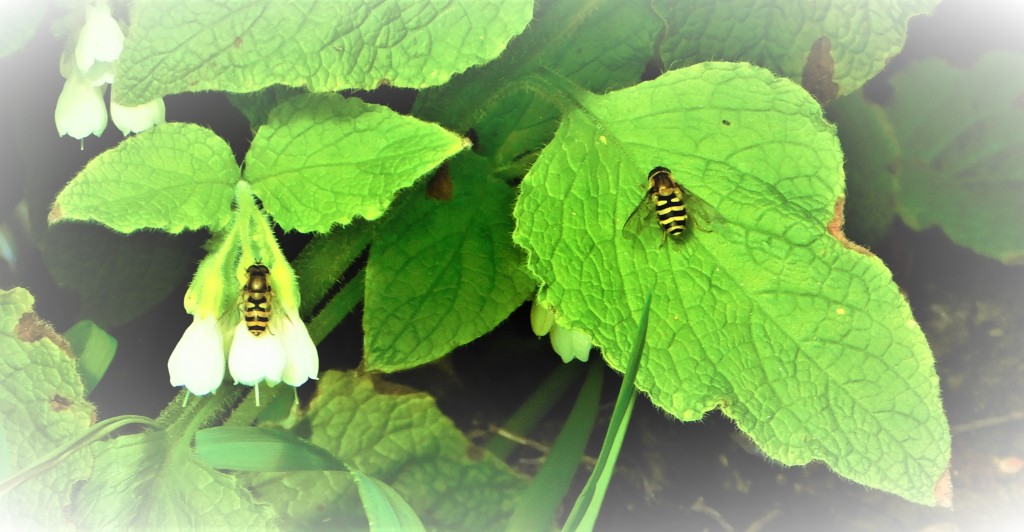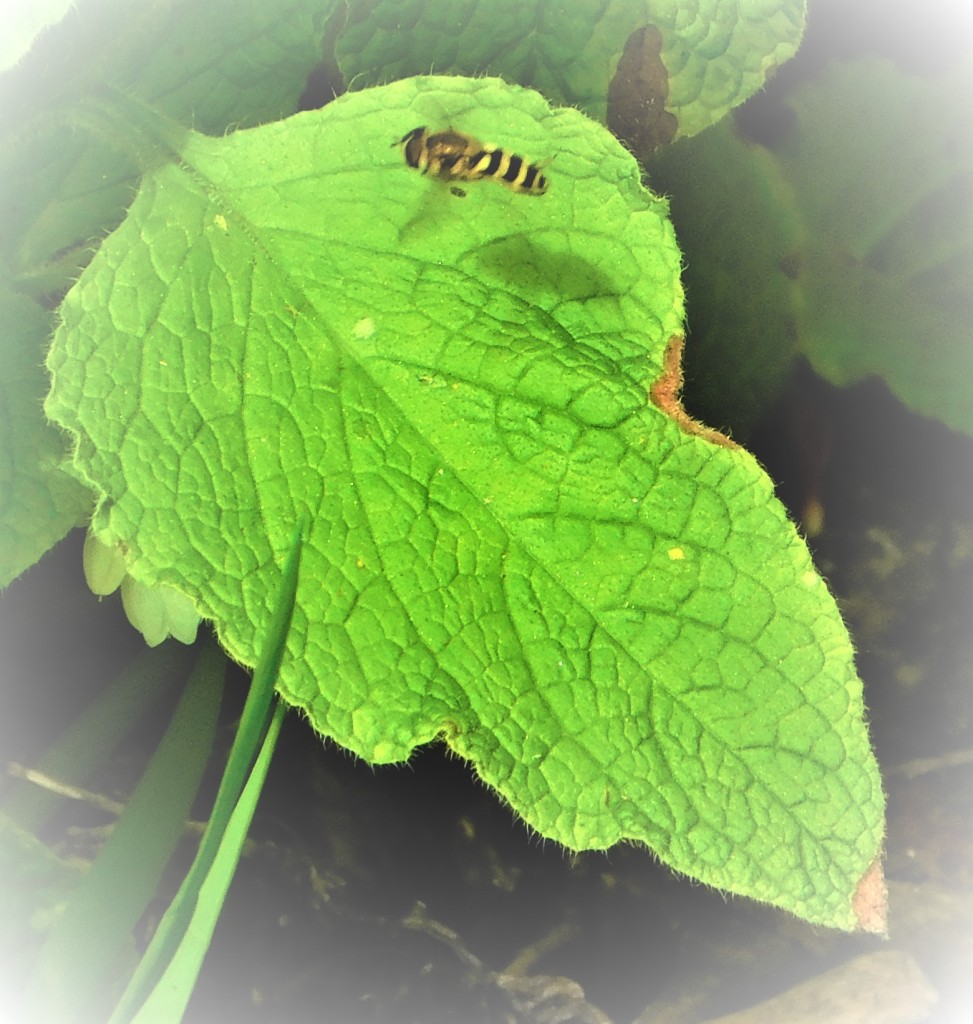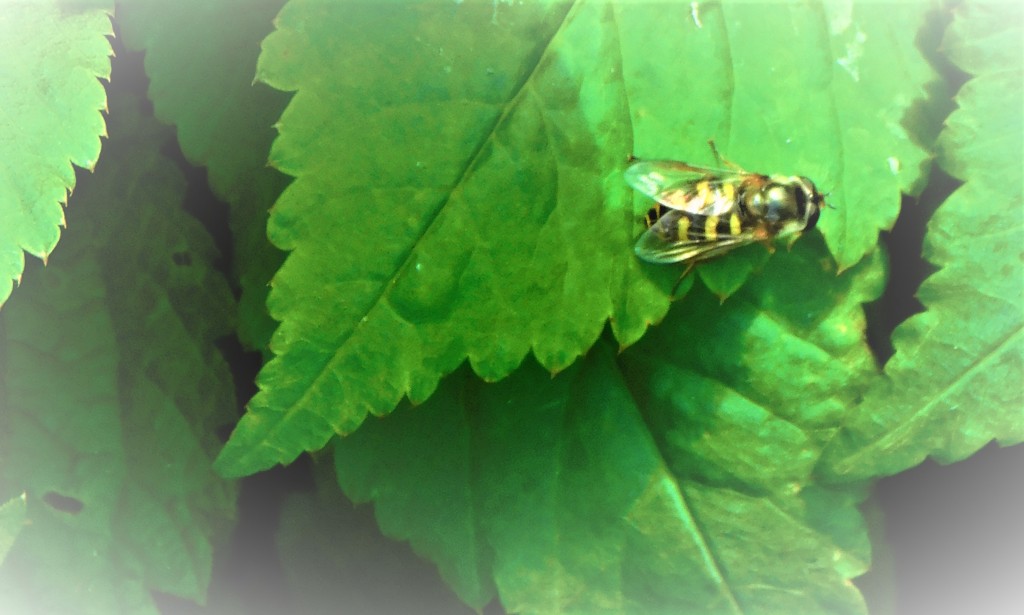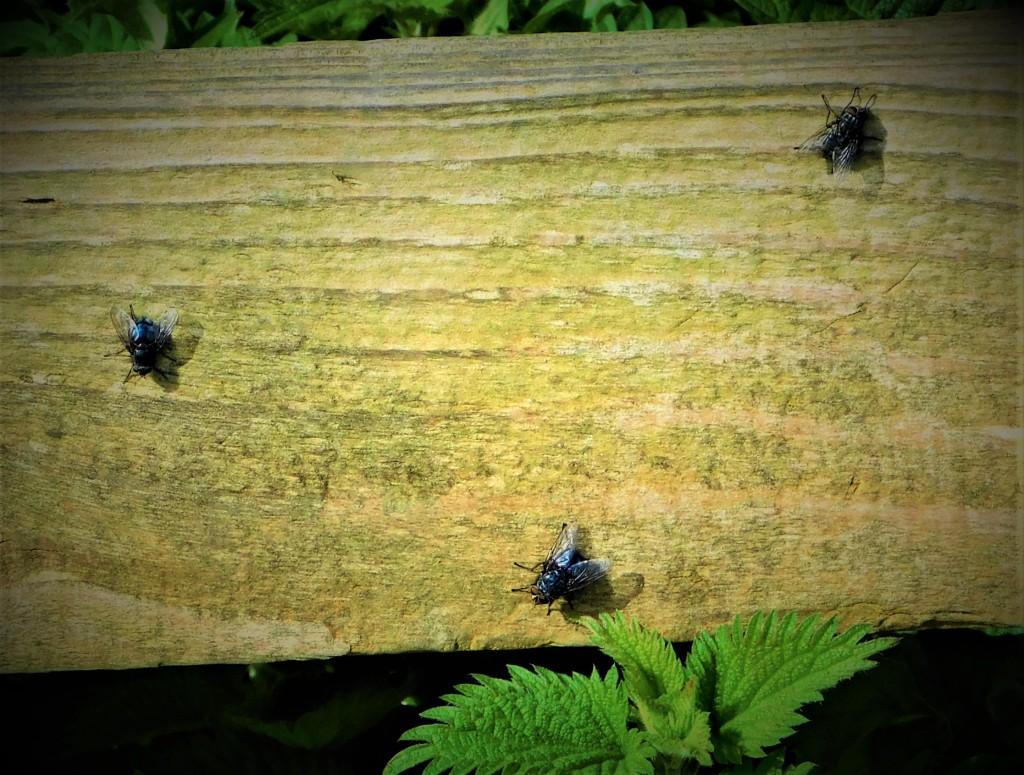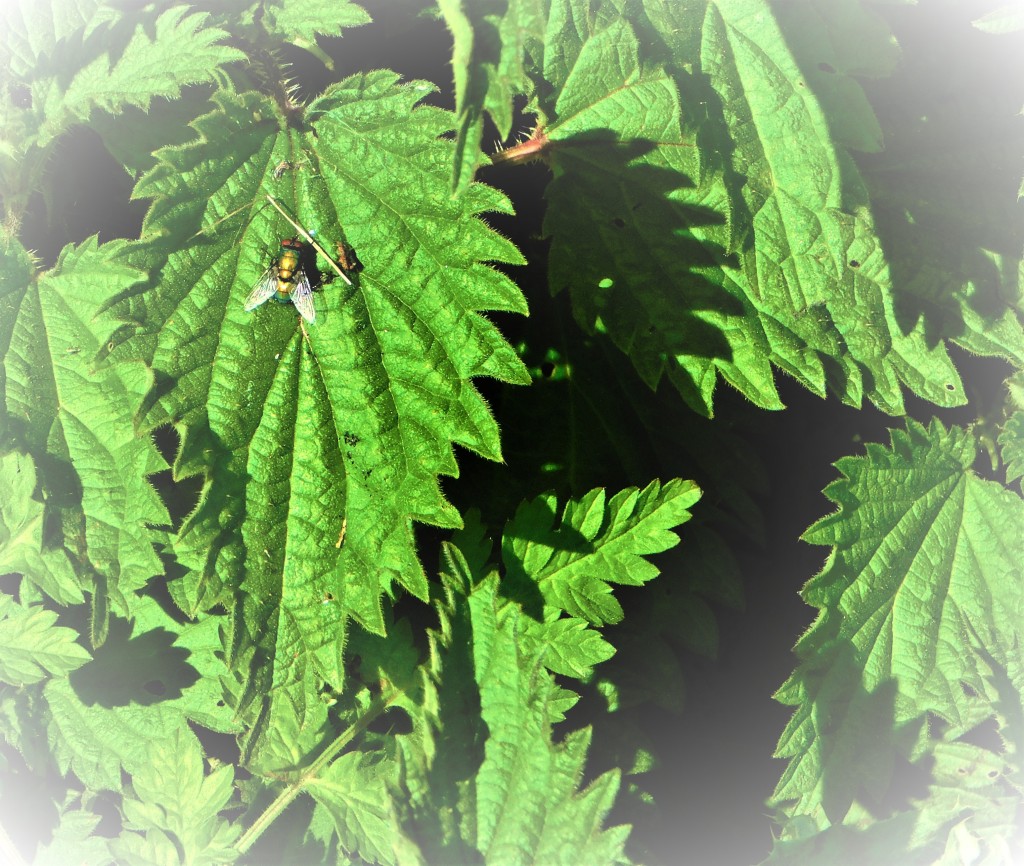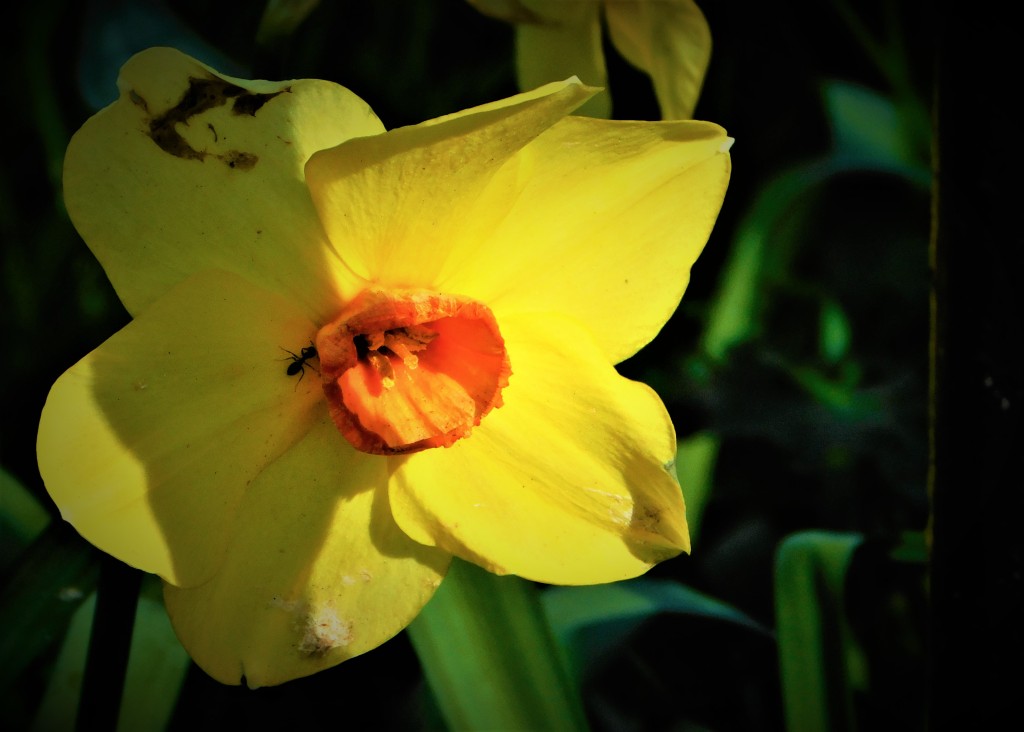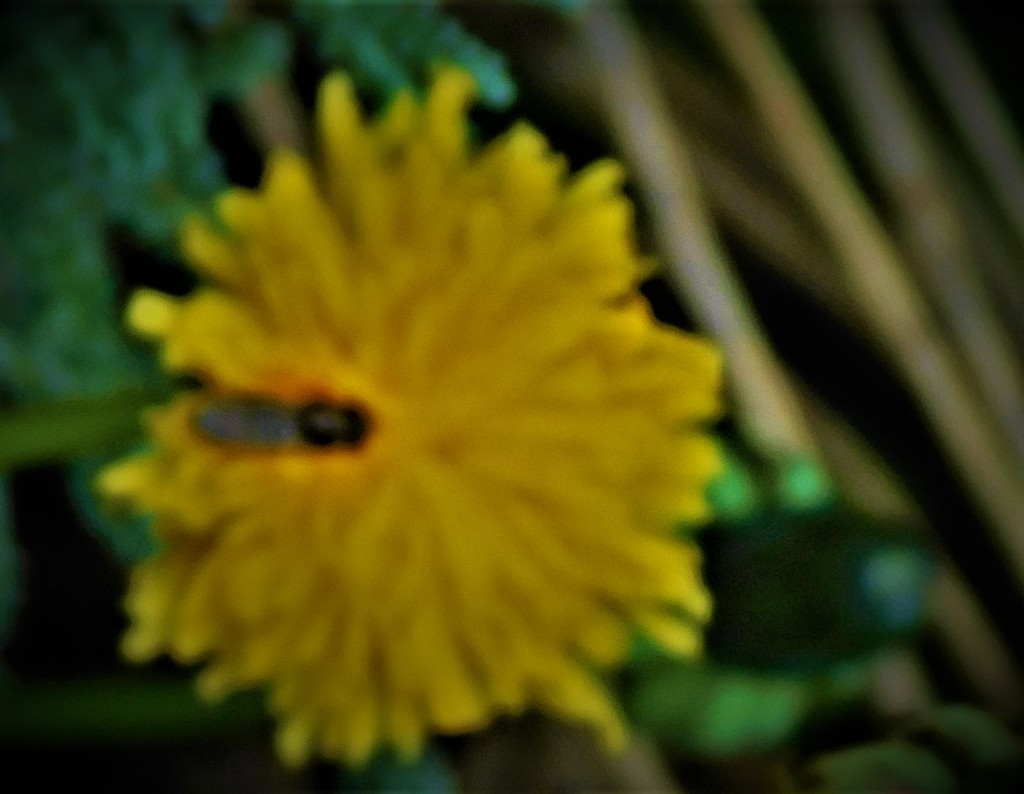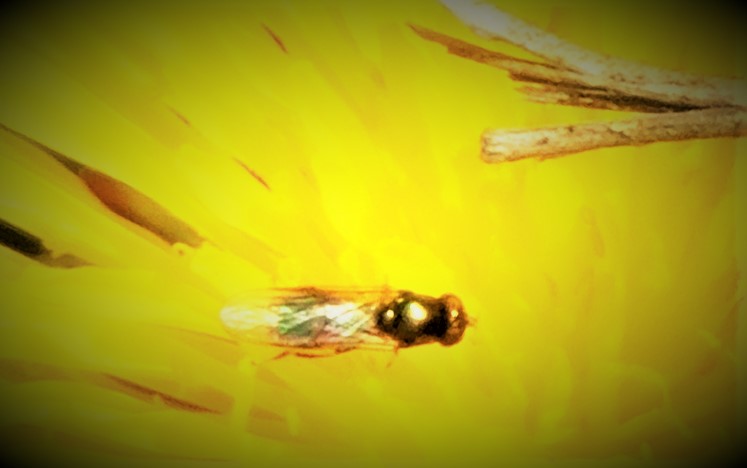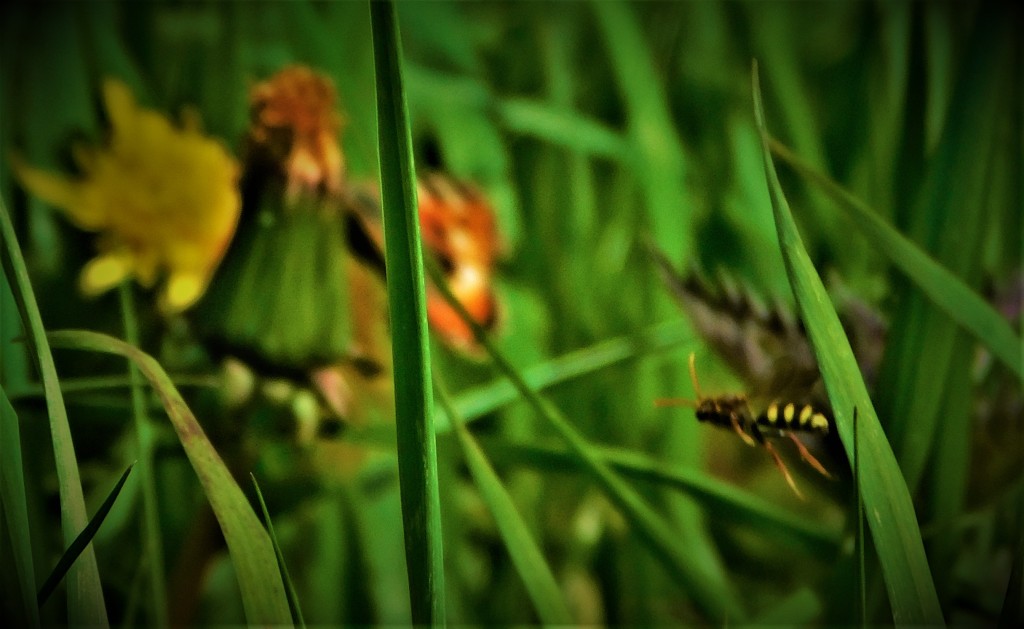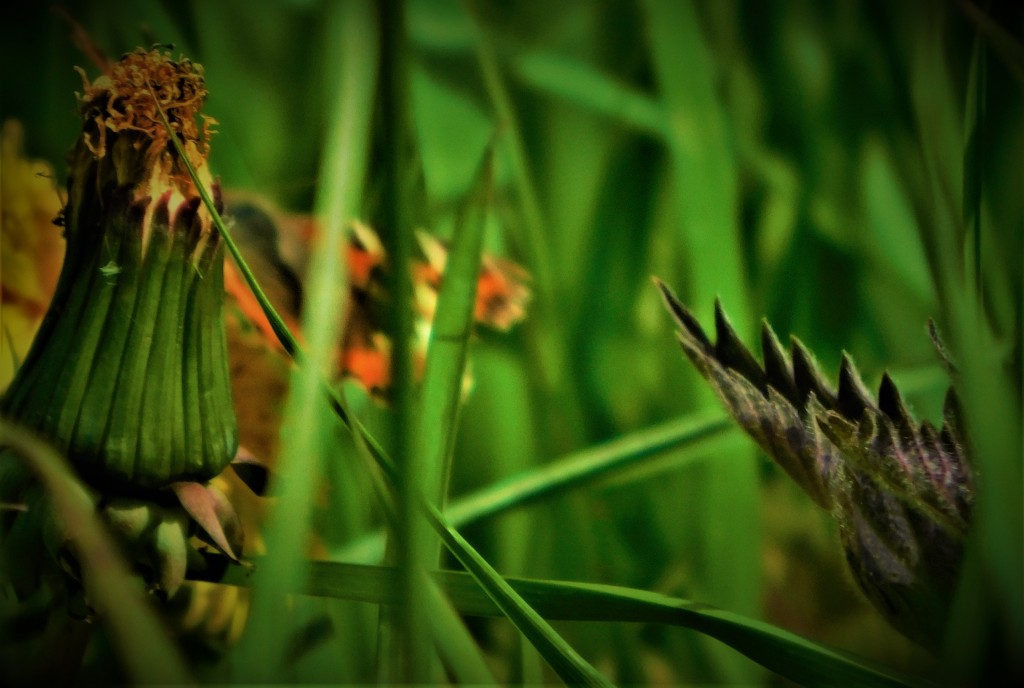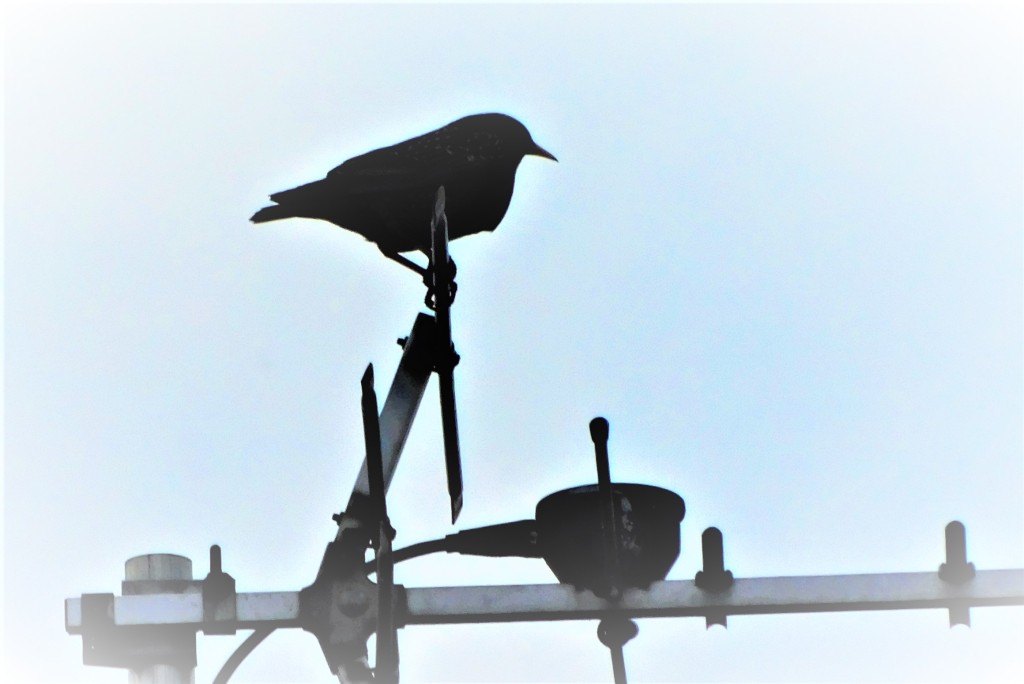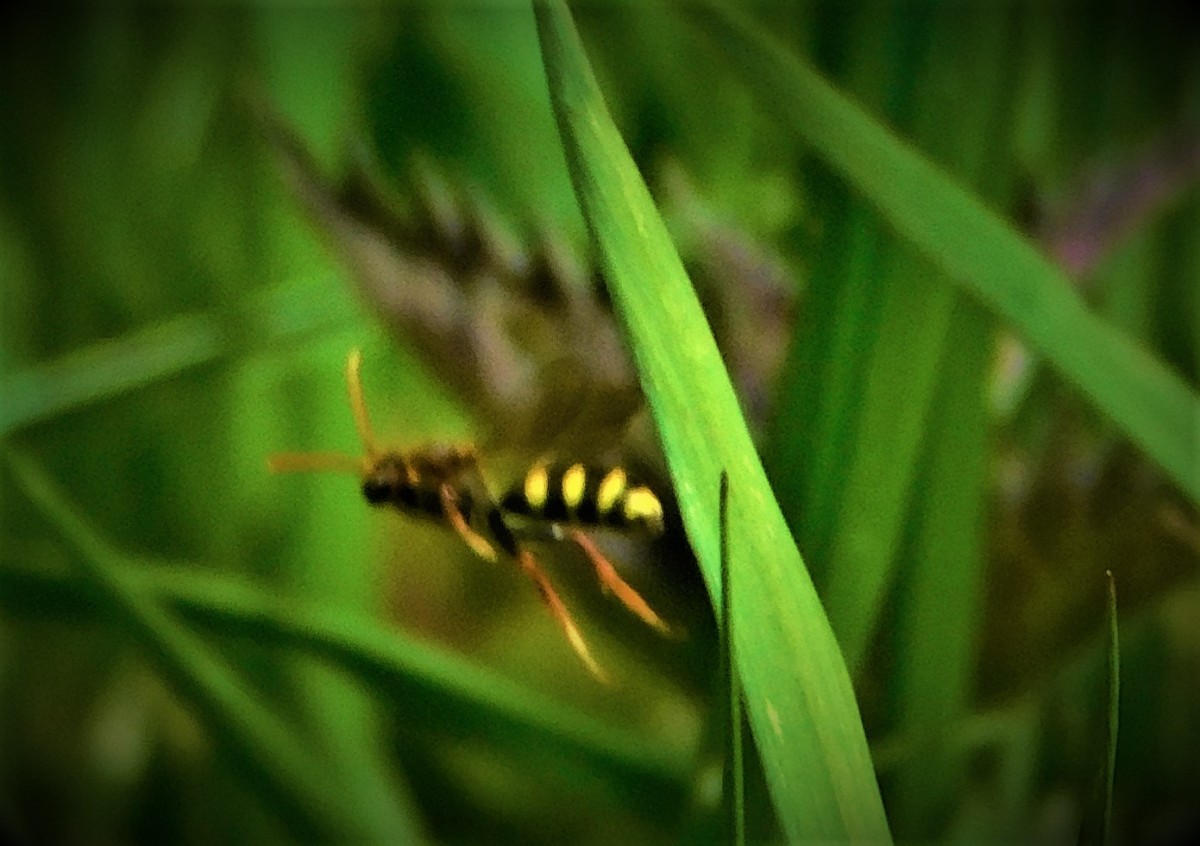It is day four of the current round of county championship fixtures, and as has been my habit so far this season I will present a composite all-time XI for the two counties involved in the match to which most of my attention has been devoted. My individual XIs for the counties concerned can be found here and here.
THE XI IN BATTING ORDER
- Marcus Trescothick (Somerset, left handed opening batter, excellent slip fielder, occasional medium pacer). Somerset’s second leading scorer of FC runs in history, and had an excellent test record as well.
- Archie MacLaren (Lancashire, right handed opening batter, excellent slip fielder). Still holder of the record first class score by an English cricketer, 424 for Lancashire against Somerset at Taunton in 1895. His greatest moments at international level came on the 1897-8 tour of Australia.
- Johnny Tyldesley (Lancashire, right handed batter). One of the best bad wicket players in the game’s history, and a fixture in the Lancashire 1st XI from his debut in 1895 to the outbreak of war in 1914. Post WWI he turned out for the county only on an occasional basis at times of great need.
- James Hildreth (Somerset, right handed batter, occasional medium pacer). One of the unluckiest of all non-international cricketers – not many scorers of 18,000 FC runs at an average in the mid-40s have failed to attract the notice of the national selectors.
- Neil Fairbrother (Lancashire, left handed batter). Never quite cracked test cricket, though he was a fine ODI player for a time, but his record for Lancashire speaks for itself. Career highlights include the highest ever FC score at a London venue (366 v Surrey in 1990).
- Len Braund (Somerset, right handed batter, leg spinner, excellent slip fielder). One of the relatively few Somerset players to attain the status of an England regular. Played a key role for Somerset in a famous 1901 victory at Headingley over then dominant county Yorkshire, and then won a match against the same awesome opposition virtually single handed the following season – he took 15 wickets in the match and made the highest individual score on either side.
- *Sammy Woods (Somerset, right handed batter, right arm fast bowler, captain). Captain for a long period when Somerset often struggled to get 11 players together. Sydney born, but settled in Somerset and was genuinely devoted to the county.
- Wasim Akram (Lancashire, left arm fast bowler, left handed batter). After two genuine all rounders comes a bowling all rounder, and our official overseas player, one of the two best in history in his particular role (Alan Davidson of Australia being the other).
- +George Duckworth (Lancashire, wicket keeper, right handed batter). Many would opt for a keeper who was better with the bat, but I reckoned that with two genuine all rounders and one of the greatest of all bowling all rounders in the XI I could afford to pick the best keeper of those available, and for me Duckworth was that.
- Jack ‘Farmer’ White (Somerset, left arm orthodox spinner, tail ender). One of the finest of his type to play the game, his stamina and unrelenting economy were crucial to England’s 4-1 win down under in 1928-9. At Adelaide in that series he bowled 124 overs across the two Aussie innings, claiming 13 wickets and conceding at just a tick over two runs an over.
- Sydney Barnes (Lancashire, right arm fast medium bowler, tail ender). The consensus pick for the greatest bowler of all time, though his county experience was fairly limited as he preferred Lancashire League, where the money was better. 189 test scalps at 16.43 a piece in 27 appearances at that level (i.e an average of seven wickets per match) is some testament to his skills against even the best around. He was offered a place on the 1920-1 tour of Australia but would only go if his wife was allowed to accompany him, and the powers that be foolishly refused him. Had they agreed to his request a) England would almost certainly not have been beaten 5-0 and b) He would probably have beaten Warne by over 80 years to becoming the first to take 100 test wickets in a country other than his own (he had 77 in 13 matches in Australia).
This XI has a powerful batting line up and a superb and wonderfully balanced bowling attack – Akram and Barnes to share the new ball, Woods as third pacer and two contrasting spinners in White and Braund. It would take a fine side to challenge them.
HONOURABLE MENTIONS
Besides the two I picked there were three openers who merited serious attention: Harold Gimblett, Cyril Washbrook and Mike Atherton in that order of precedence.
Of non-overseas middle order batters Ernest Tyldesley was the unluckiest to miss out.
My preference for having bowlers or bowling all rounders as overseas players and my decision to restrict myself to one overseas player meant that Sunil Gavaskar, Greg Chappell, Viv Richards (all Somerset) and Clive Lloyd (Lancashire) could not be accommodated. Similarly Faroukh Engineer’s wicket keeping credentials did not enter the equation
Andrew Flintoff was obviously a candidate for the fast bowling all rounders slot, but I wanted Woods as captain, and also Woods was outstanding for many years, whereas Flintoff pre-2004 was a player with great potential and post 2006-7 Ashes was basically a spent force, whereas Woods was outstanding for many seasons.
Johnny Briggs was a rival to White for the left arm spinner’s slot, and I might also have given that slot to an off spinner in Brian Langford or indeed have opted for Cecil Parkin’s all sorts.
The biggest controversy is undoubtedly in the pace bowling department, where neither of the two bowlers after whom the ends at Old Trafford are named made the cut. The reason for my not selecting either is that with an envisaged new ball pairing of Akram and Barnes whichever of them I selected would have had to be third pacer, and giving that role to Woods meant that I got his captaincy and the opportunity to pick the best keeper rather than selecting a batter-keeper such as Steven Davies or Craig Kieswetter. The other great fast bowler to miss out was Ted MacDonald, the Aussie ace who opted for Lancashire league and ultimately the county.
Matt Parkinson may yet establish himself as a great leg spinner, but whereas Braund was a genuine all rounder and superb in the field Parkinson is a genuine number 11 with the bat and nothing special in the field.
I end this section with a look to the future: James Rew is playing for Somerset in the current match, and at the age of 19 already looks a very fine cricketer. He may yet force his way into the reckoning.
PHOTOGRAPHY
Time for my usual sign off…
